Damage to the joint surface of the knee is extremely common. The surface of the knee is covered with cartilage – called the articular cartilage. Damage to the articular cartilage can be associated with a traumatic injury such as a motor vehicle accident or athletic injuries but even more commonly occurs spontaneously without associated traumatic causes. In these instances the symptoms can sometimes be confused with those of arthritis.
Medication and physical therapy can be used to treat some cases of articular cartilage damage. Unfortunately, however, articular cartilage does not have any capacity to heal itself and surgery is required in many cases. If surgery is required, there are many types of treatment options ranging from simple debridement (surgical smoothing) to transplantation of new cartilage to the affected area. A simple and quite effective solution that is feasible in many cases is called microfracture. In this procedure multiple very small holes are placed into the area of injury which stimulates stem cells to regrow new cartilage in the affected areas. This procedure is illustrated in the photos and videos seen below.
In cases where a biologic solution such as transplantation is not appropriate there are new types of anatomic replacement procedures. These procedures are designed to resurface only those parts of the knee that are affected, avoiding much more extensive procedures such as total knee replacement.
Contact us today to schedule your consultation with Dr. Struhl regarding an articular cartilage defect.
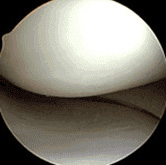
Articular Cartilage Normal 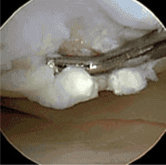
Articular Cartilage Damaged 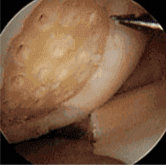
Operation to Stimulate Cartilage Growth (Initial Step)
Chondroplasty
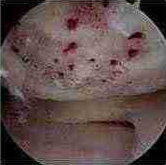
Operation to Stimulate Cartilage Growth (Area Begins to Bleed) 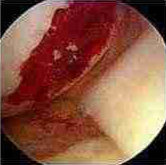
Operation to Stimulate Cartilage Growth (Area Clots) 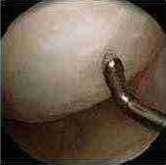
Articular Cartilage Reconstructed (One Year Later)



